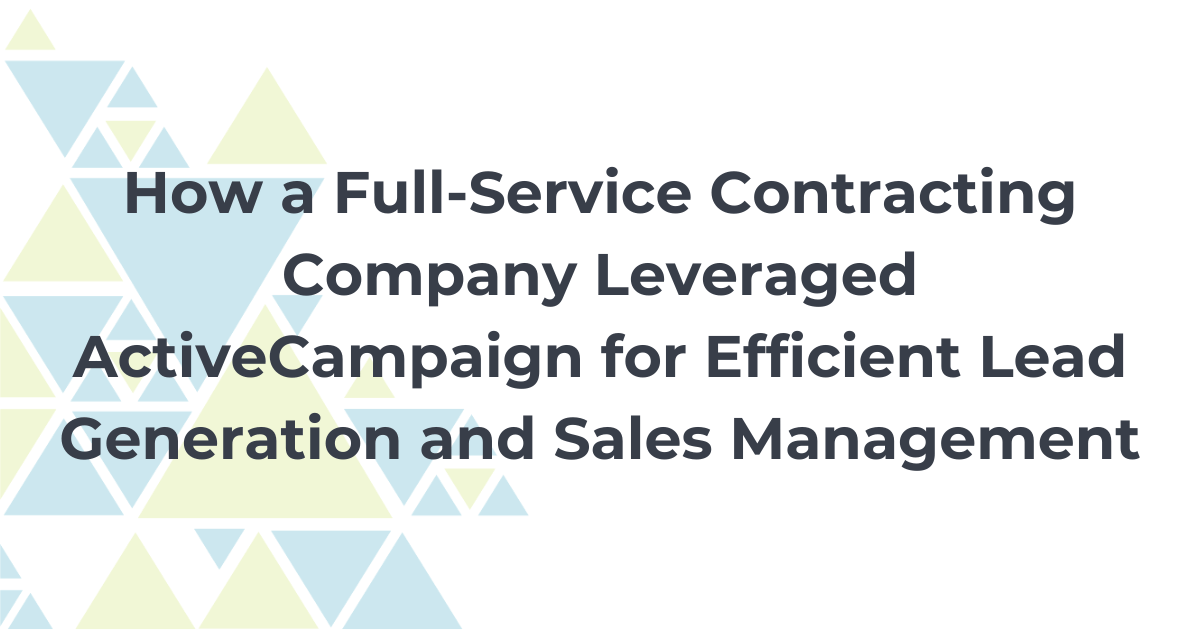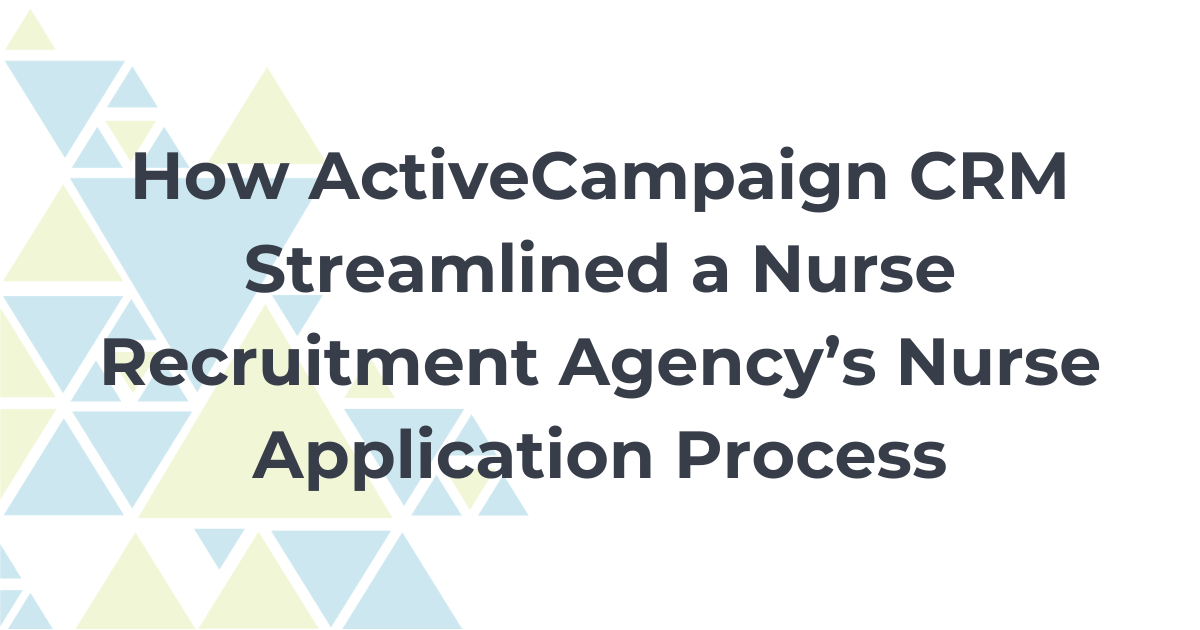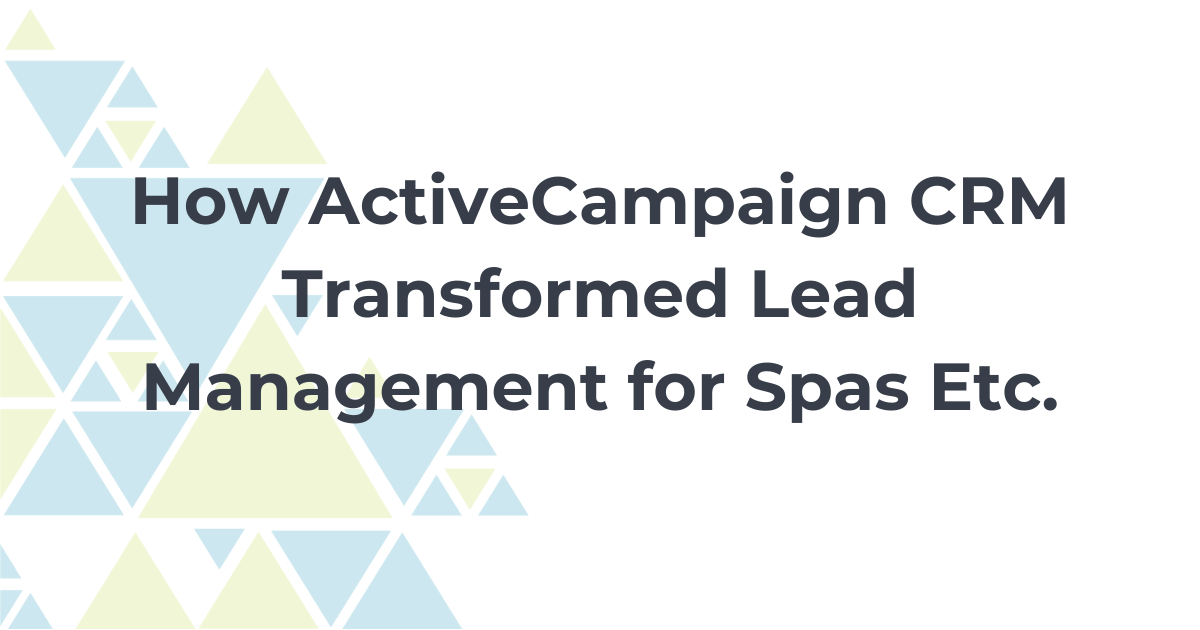You just launched your first online course. You had put so much time and effort into researching, creating, testing, and piloting this course, so you’re really proud of yourself for making it to a real launch date.
And now, it looks like all your hard work is paying off. You are super excited about how the course is going! You made sure you squashed all those bugs before launch, and everything is going so smoothly. Your audience has been active and engaged–and they really seemed to enjoy themselves.
The feedback you’ve received so far has been very positive. It’s almost a little alarming how great this whole process has gone for you. How do you know that all these 5-star reviews, all this applause, and adoration, isn’t just short-lived learning high?
Are you sure that your online actually gave your audience actions to take and move forward with? You want to make sure that what you’ve given them serves them over the long term–not just in the moment.
In this post, you’ll learn how to measure the success of a new product, so you can be sure that you’re not just riding the wave of temporary enthusiasm.
Launching Your Online Course with Success
So sure, your online course seemed to hit it out of the park right now. But what about a month from now, three months from now, six months from now, or even a year from now? Will all that glowing praise still hold true?
When you don’t know this for certain, you may not feel as confident in your product. There can always be some nagging questions in the back of your mind:
Is it really that awesome like everyone says? Are lives being changed for the better as I had hoped?
On top of that, maybe you aren’t sure what you can do to make your course even better. You certainly don’t want all these kudos to go to your head and make you think that there’s no more work that could be done or more you could learn. There’s always room for improvement!
Lasting Results Boost Your Credibility as an Online Course Creator
So how can you show that you are actually helping your audience learn?
Results matter! Before even considering purchasing your product, participants need to know exactly what they will obtain once they have completed it. Results should be measurable (not subjective) and clear. This means people can actually notice a difference in their lives based on what they’ve learned.
Results matter! Before even considering purchasing your product, participants need to know exactly what they will obtain once they have completed it. Results should be measurable (not subjective) and clear. This means people can actually notice a difference in their lives based on what they’ve learned.
Here are three steps that can ensure lasting results of your online course which will, in turn, boost the credibility of your product and of your business.
1. Provide clear expectations to complete your online course.
If you followed my blog series on Gagne’s Nine Events of Instruction, you might recognize this as event #2, informing your learners of the objectives of your course.
Let your learners know upfront what to expect to learn from your course, as well as what they should be able to do by the end of it. These are called your learning objectives.
But expectations work both ways. By providing clear results for your learners, then you and your course are being held accountable to deliver them.
When it’s all said and done, are students walking away with the knowledge that you’ve advertised you’ll give them? Or has it gone in one ear and out the other as infotainment? In this way, you can use your learning objectives as a way of keeping the effectiveness of your course in check.
2. Help learners understand where they started and where they finished.
Before your learners start their journey with your online course, you should have them complete a survey up-front to help them figure out their starting point. When you can see where you started, and where you have moved forward too, it’s easy to see your success. As eLearning Industry puts it, it’s a way to gauge and create interest, as well as a way to make sure this course is customized to their needs.
Here’s a real-life example: one of my clients is creating a course teaching very soft skills (developing self-trust). This is a tricky one to measure and to prove that the course is working.
So what did we decide to do? We created a pre-course survey to gauge levels of self-trust in certain scenarios. Participants will then complete the same survey at the end of the program. Our expectations? Through the self-assessment, they will measure how their self-trust has increased over the length of the course.
3. Continue to follow up in the months – or even after a year after program conclusion.
It’s no doubt that when we complete a program, we are often riding a major high. We felt super excited and pumped up to begin applying everything we learned. We can also feel a sense of satisfaction from completing a course.
But as you know, life can easily get in the way. We get busy with work, family, and other things. It becomes easy to fall back into the way things were and forget about what we learned.
It’s definitely a “use-it-or-lose-it” situation!
As online course creators, we want to ensure that our audience has continued growth in the subject we’ve taught them, well beyond the product itself. This is why we check in, and make sure this is still happening, long after completion.
As course creators, we want to ensure that our audience has continued growth in the subject we’ve taught them, well beyond the product itself. This is why we check in, and make sure this is still happening, long after completion.
Consider a 3-, 6-, and 12-month follow-up to your participants. You can do this as a survey, follow up on the phone with participants, or you could use a series of emails.
These emails could also be a way to remind your students that, yes–not so long ago, they did take this course. They can be prompted them to use the information that they’ve learned. It can also be a way to encourage more feedback about how it’s been for them since they’ve taken your course.
By keeping in touch with your audience, you won’t have to wonder if this success was just all in your head or a flash in the pan. You can have tangible results through survey results, interviews, and testimonials–and then you can share this information with the world.
Lasting Results for Lasting Change
Of course, you’re not gathering this information just to make you and your course look good. You want to create a product that creates real change in people’s lives. You want people, who have spent their valuable time and money going through your course, to receive the value that you promised you would provide them.
But no one, or no online course, is perfect. You may be an expert in your field, but teaching is both a science and an art form. There is always room for improvement in course content and delivery.
Over time, your audience’s needs and desires may change, and soliciting feedback from them is one important way to ensure continually provide a better experience as well as serve your audience better.
By really listening and responding to what your customers need, you can differentiate yourself from other product creators–those who are more interested in making that quick buck through slick marketing and delivering a subpar product.
These get rich quick schemers aren’t interested in the long-term effectiveness of the product because they aren’t going to make any changes unless it’s going to get them more short-term sales.
But what you’re really interested in is creating long-term relationships with your audience, which will also create long-term sustainability for your business. Happy customers will come back for more and bring new customers with them–because you really heard them and took care of their needs.
It’s Your turn! How have you handled feedback on your online course launch? Are you asking for feedback on your course at all? Let’s hear your experiences and questions in the comments below.



